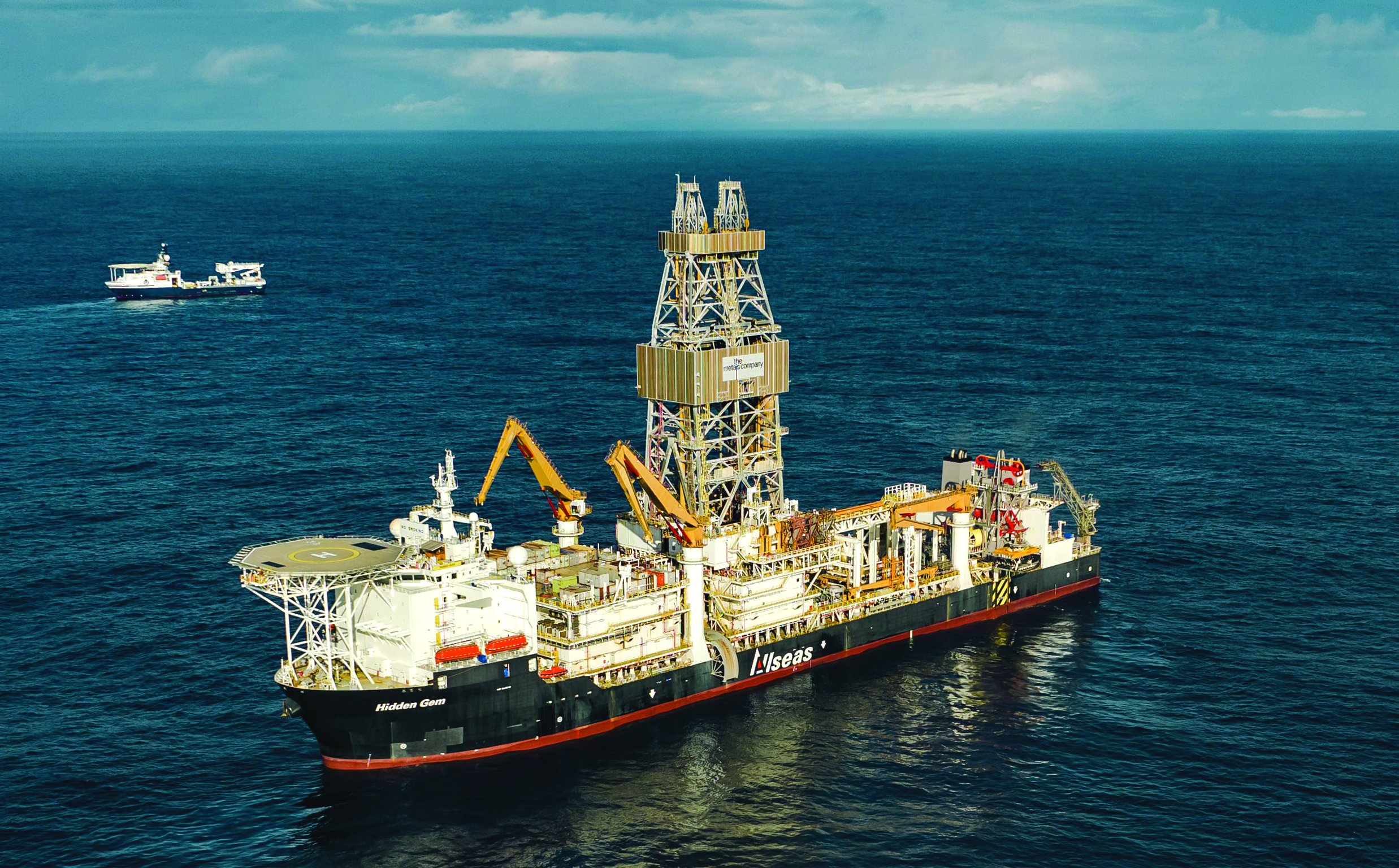 The Metals Co. (TMC) has successfully collected an initial batch of seafloor polymetallic nodules, and transported them up a 4-km-long riser system to the surface, in what represents the first integrated system test conducted in the Clarion Clipperton Zone of the Pacific Ocean since the 1970s. The nodules on average contain manganese (29.5%), nickel (1.3%), copper (1.1%) and cobalt (0.2%).
The Metals Co. (TMC) has successfully collected an initial batch of seafloor polymetallic nodules, and transported them up a 4-km-long riser system to the surface, in what represents the first integrated system test conducted in the Clarion Clipperton Zone of the Pacific Ocean since the 1970s. The nodules on average contain manganese (29.5%), nickel (1.3%), copper (1.1%) and cobalt (0.2%).
Having successfully completed at-sea construction of the riser system and its integration with the flexible jumper hose and pilot nodule collector vehicle, the dedicated team of 130 crew and engineers aboard the Hidden Gem commenced initial nodule collection runs, driving the pilot collector 147 meters in one hour on a pre-determined path and collecting 14 metric tons (mt) of nodules. From inside the collector, nodules were channeled to the jumper hose and into the riser where they were lifted on compressed air in a 12-minute-trip from seafloor to the Hidden Gem, where the return water was discharged to the midwater column at depth. To date on the current campaign the collector vehicle has successfully been test-driven approximately 18.1 km.
At the same time, contractors and scientists are conducting a complex monitoring program to assess the environmental impacts of the collector system trials using an array of more than 50 subsea sensors and monitoring stations. The assets are designed to record any changes in the marine environment that may occur during testing of the collector system.
“With the first nodules making their way from seafloor to surface using an integrated pilot collection system, we find ourselves at a historic moment in the development of this industry,” TMC Chairman and CEO Gerard Barron said. “Our strategic partner Allseas have shown why they’re the best in the business when it comes to pioneering offshore engineering and operations. This is just the beginning, and we look forward to sharing more news as the trials and impact monitoring continue.”






